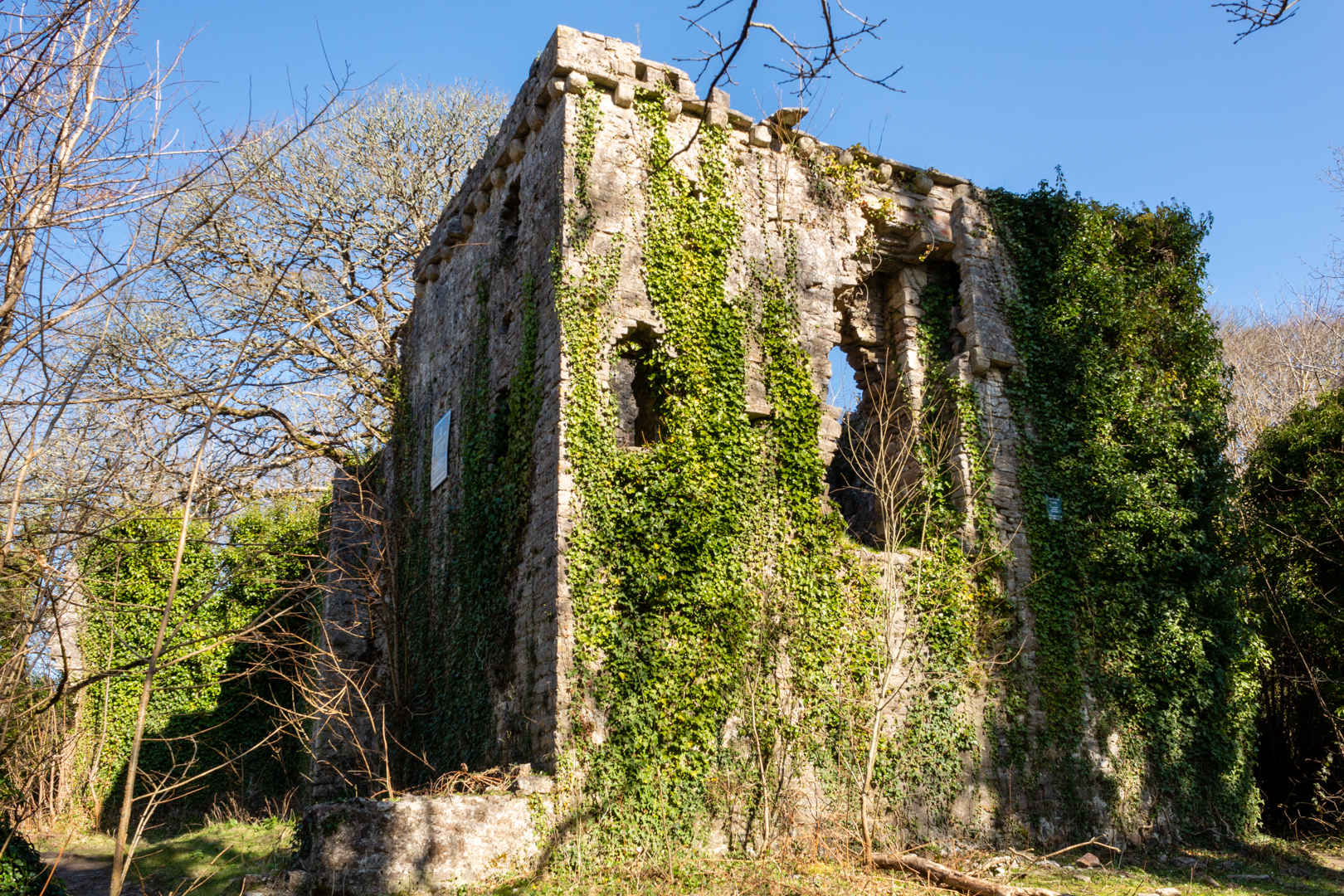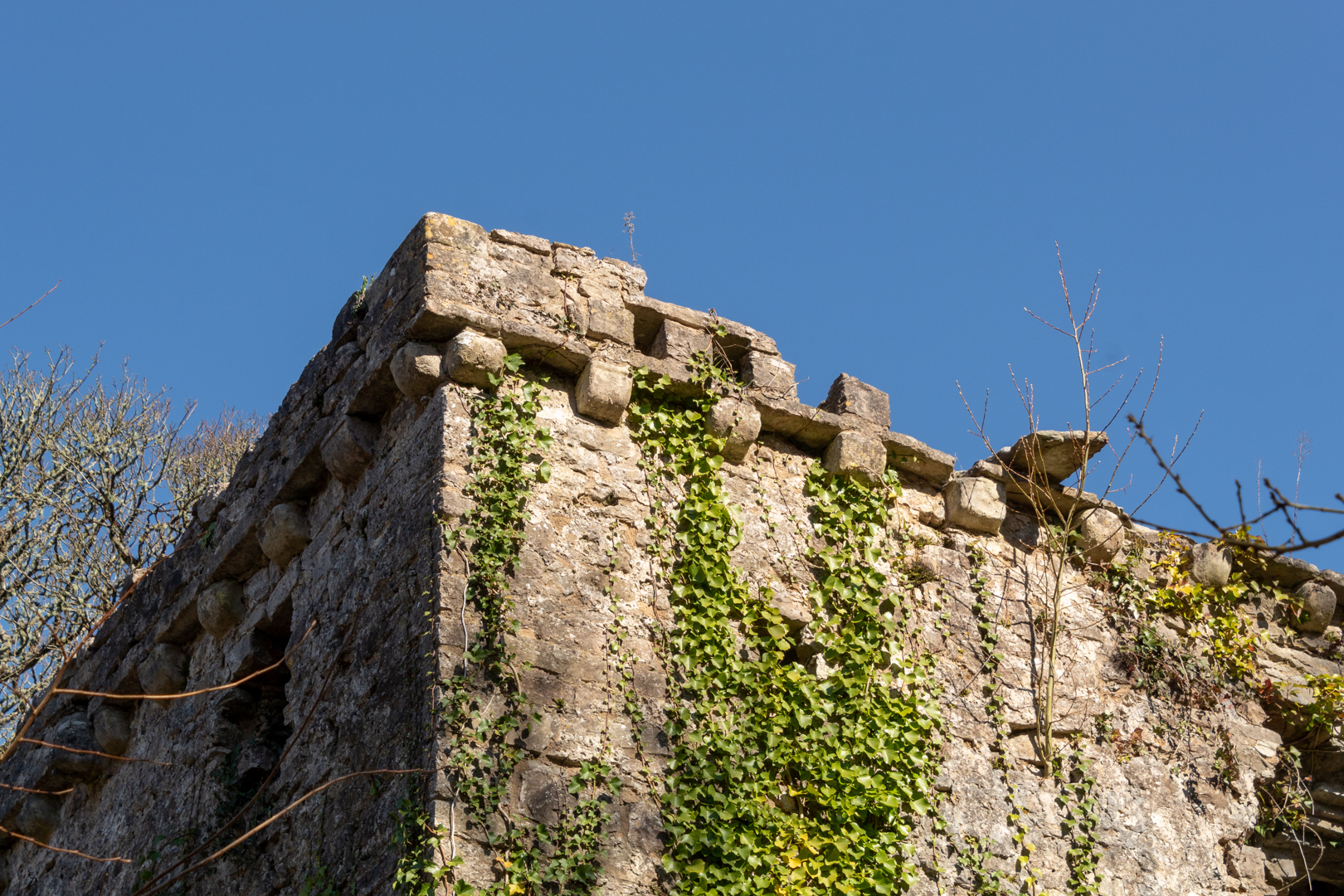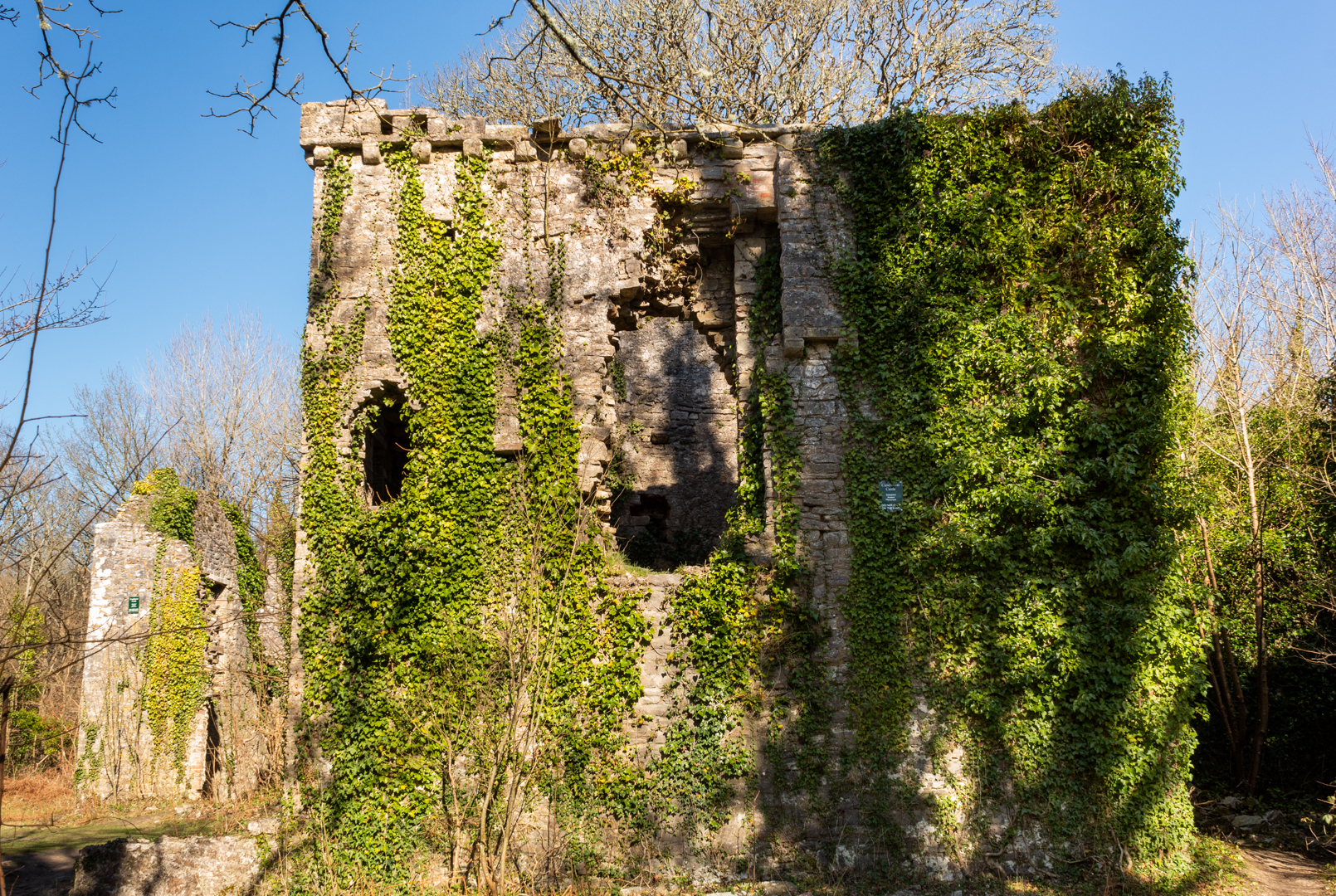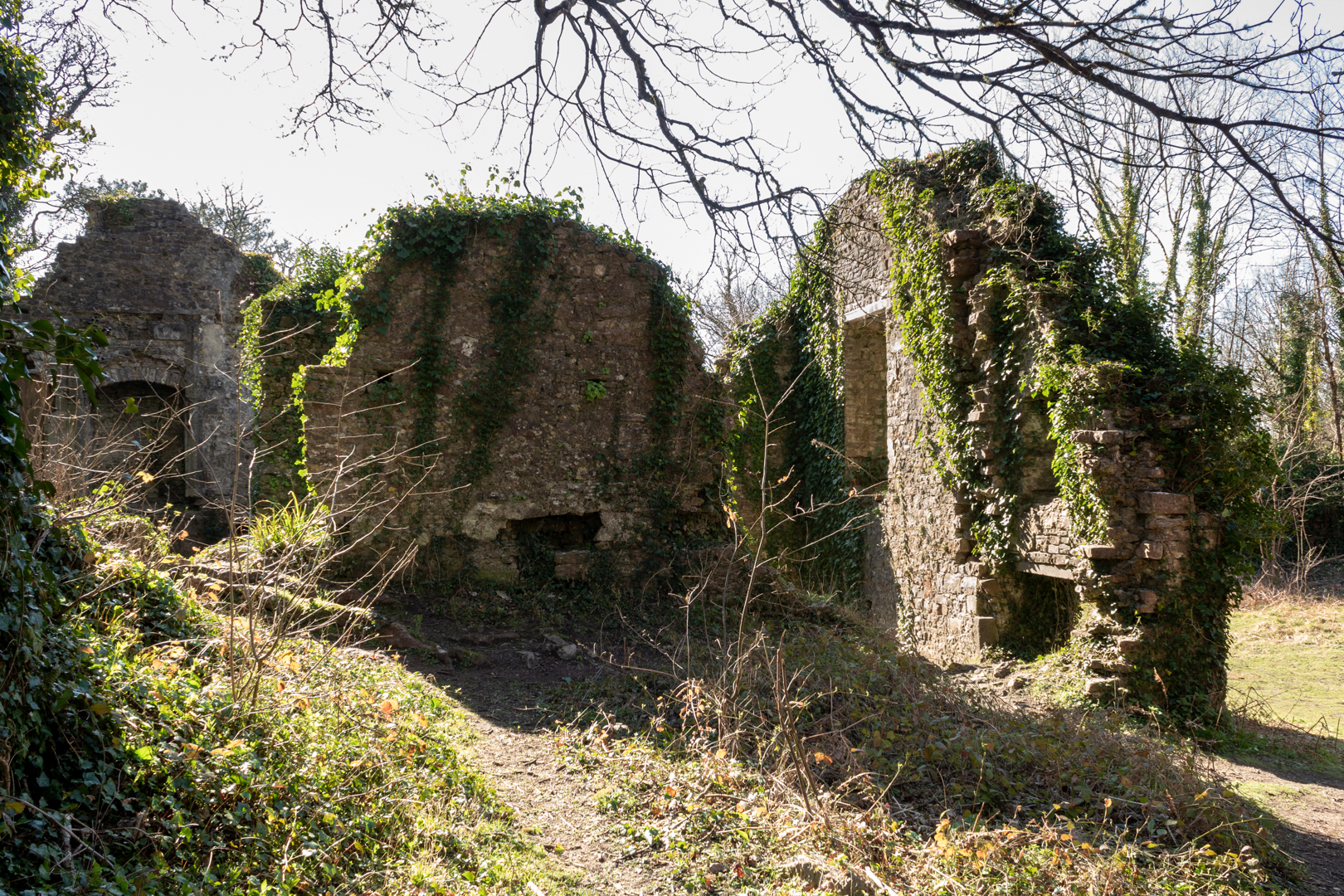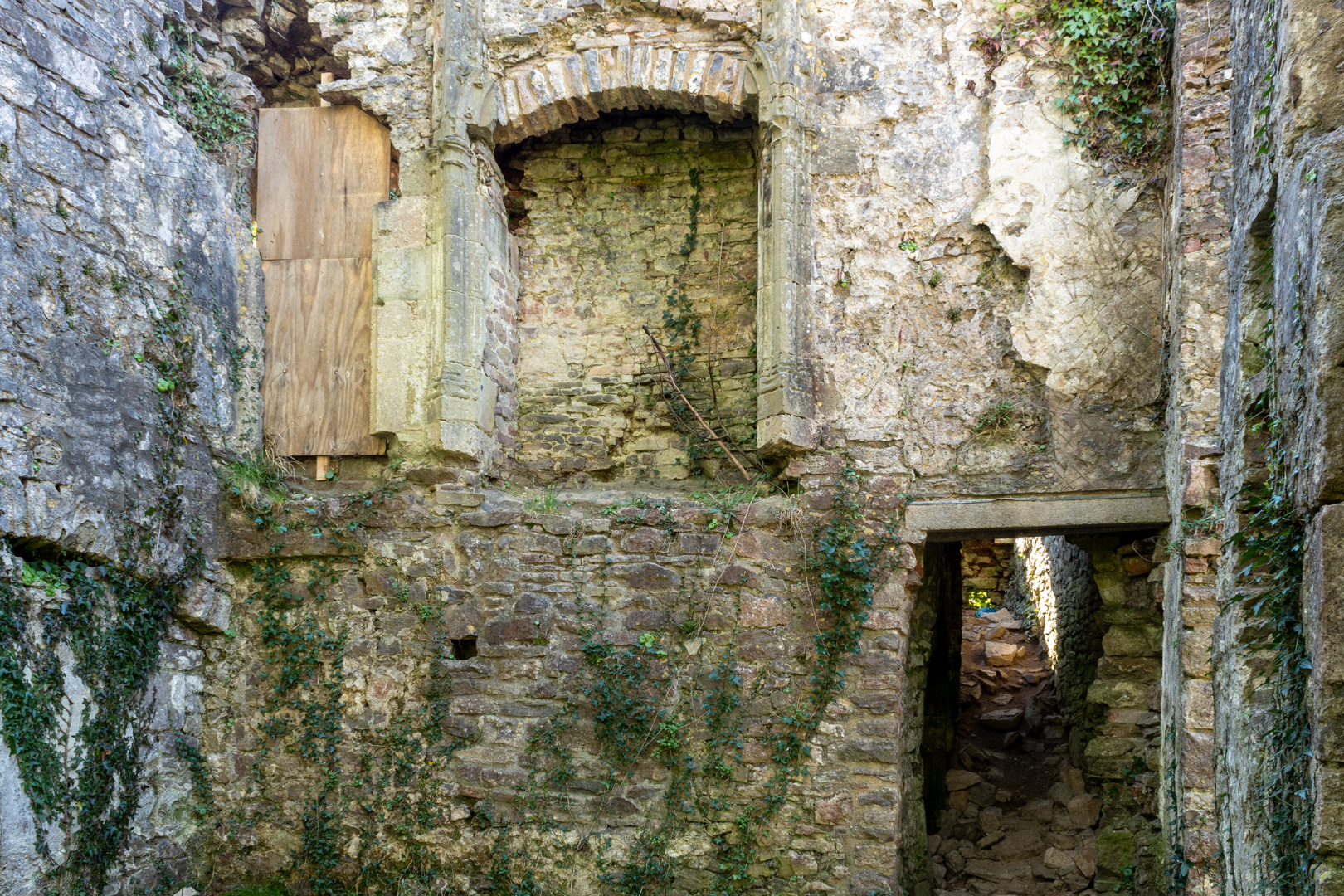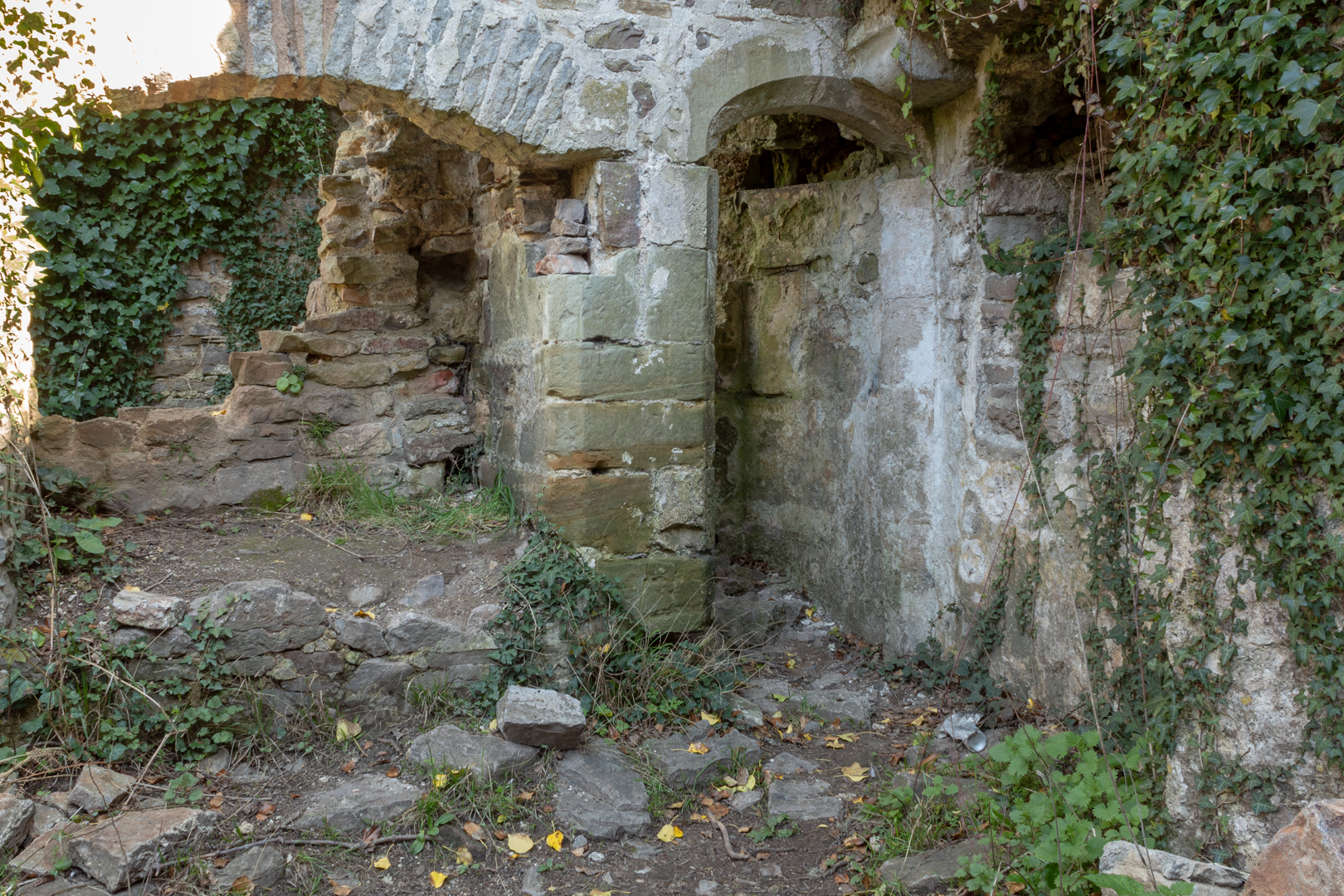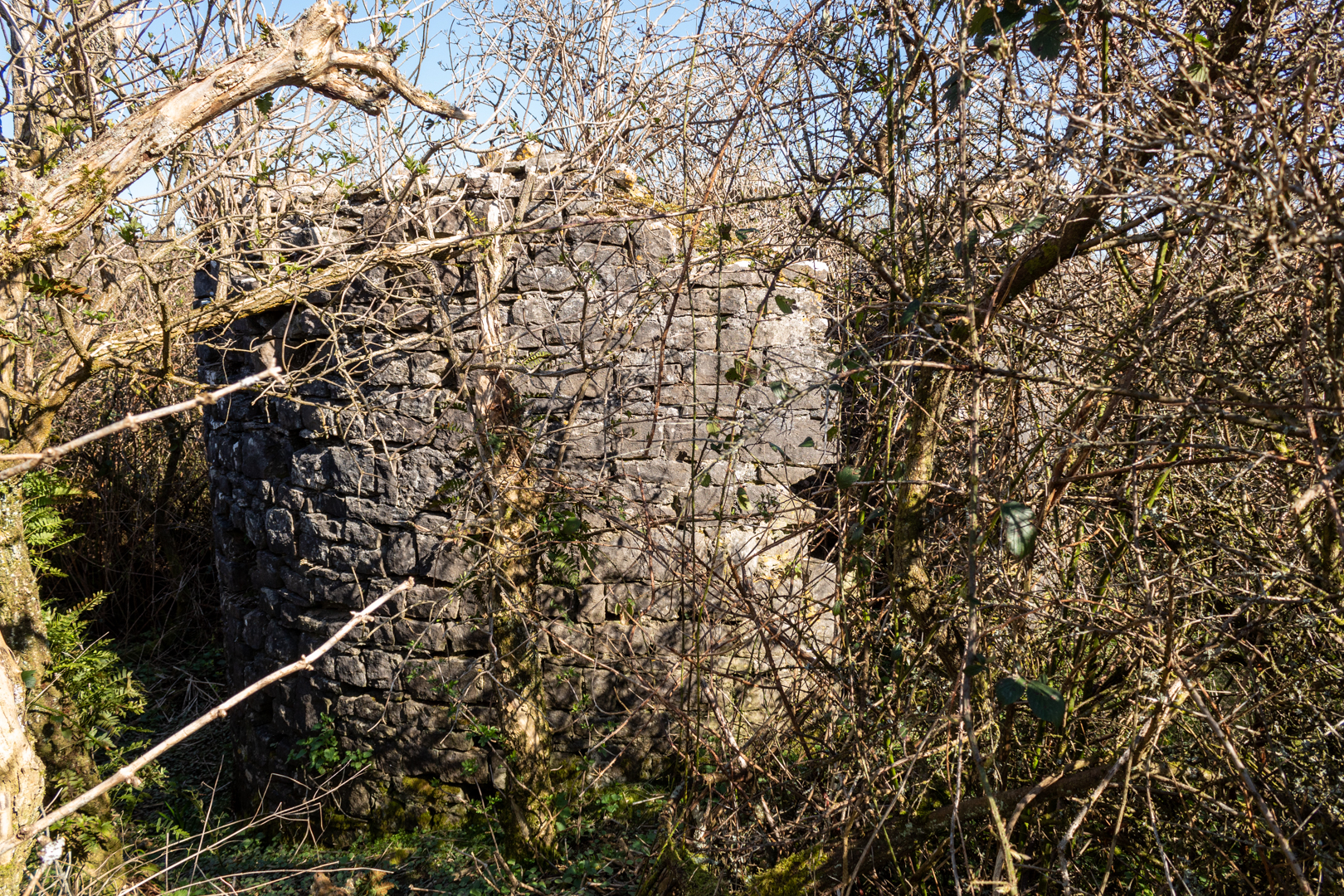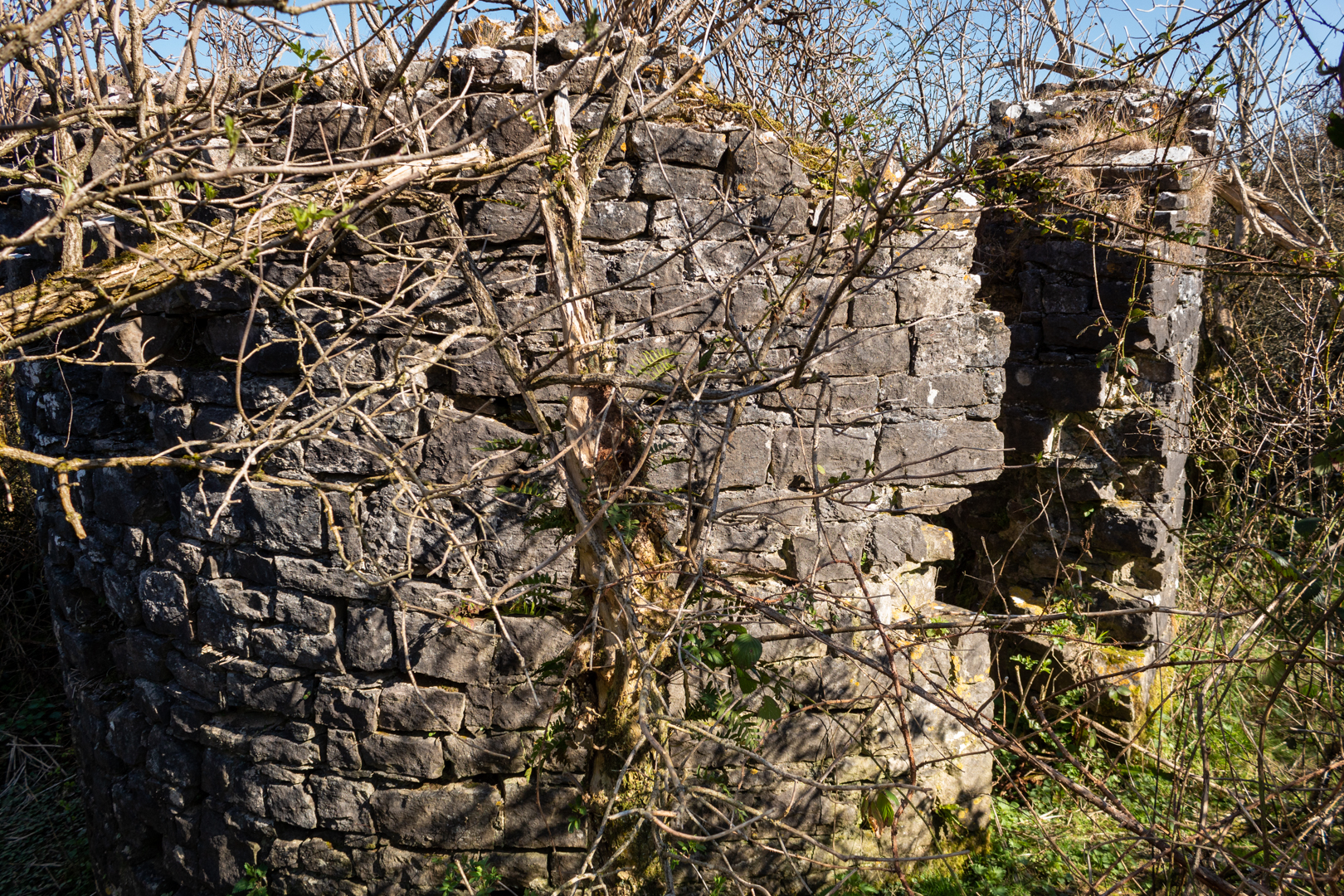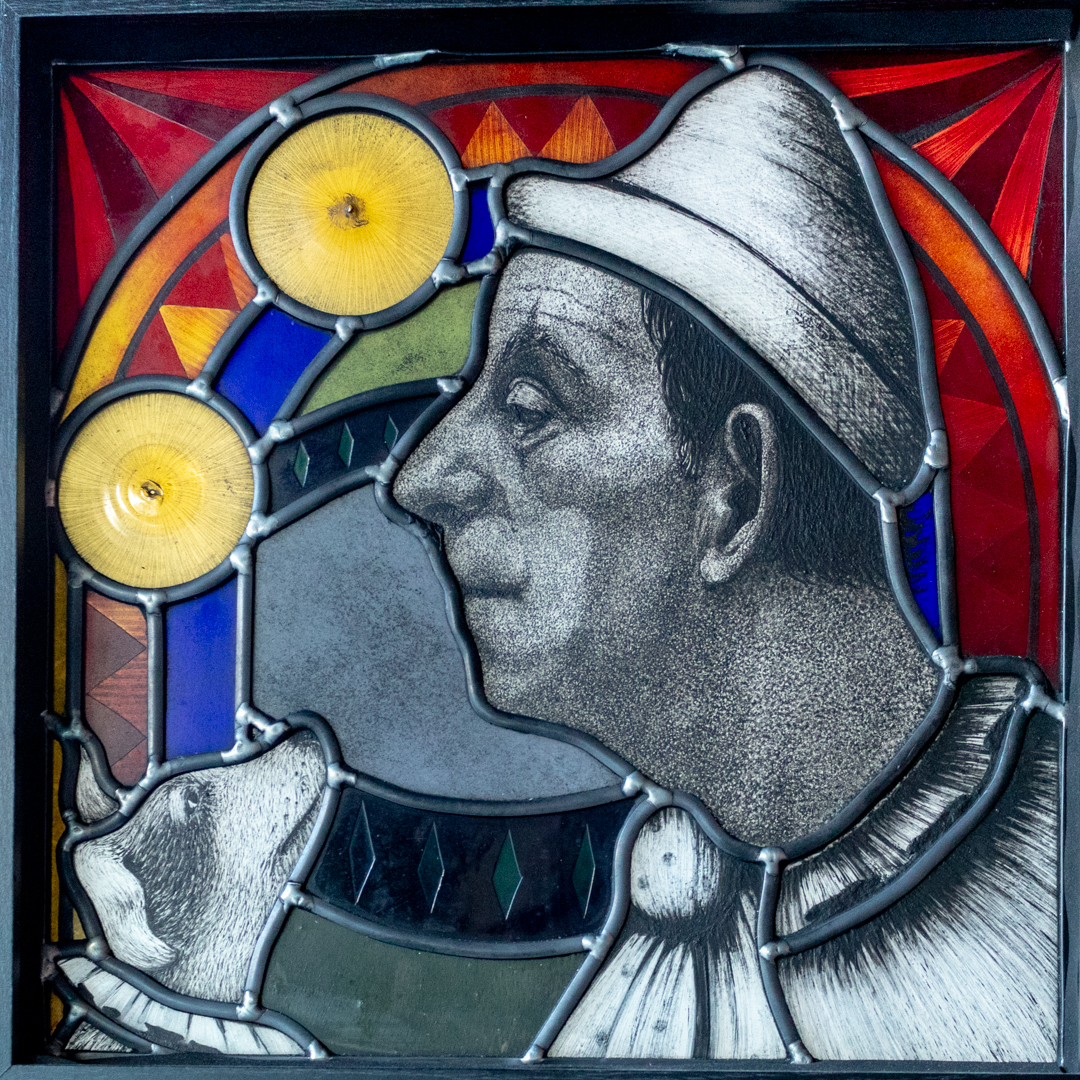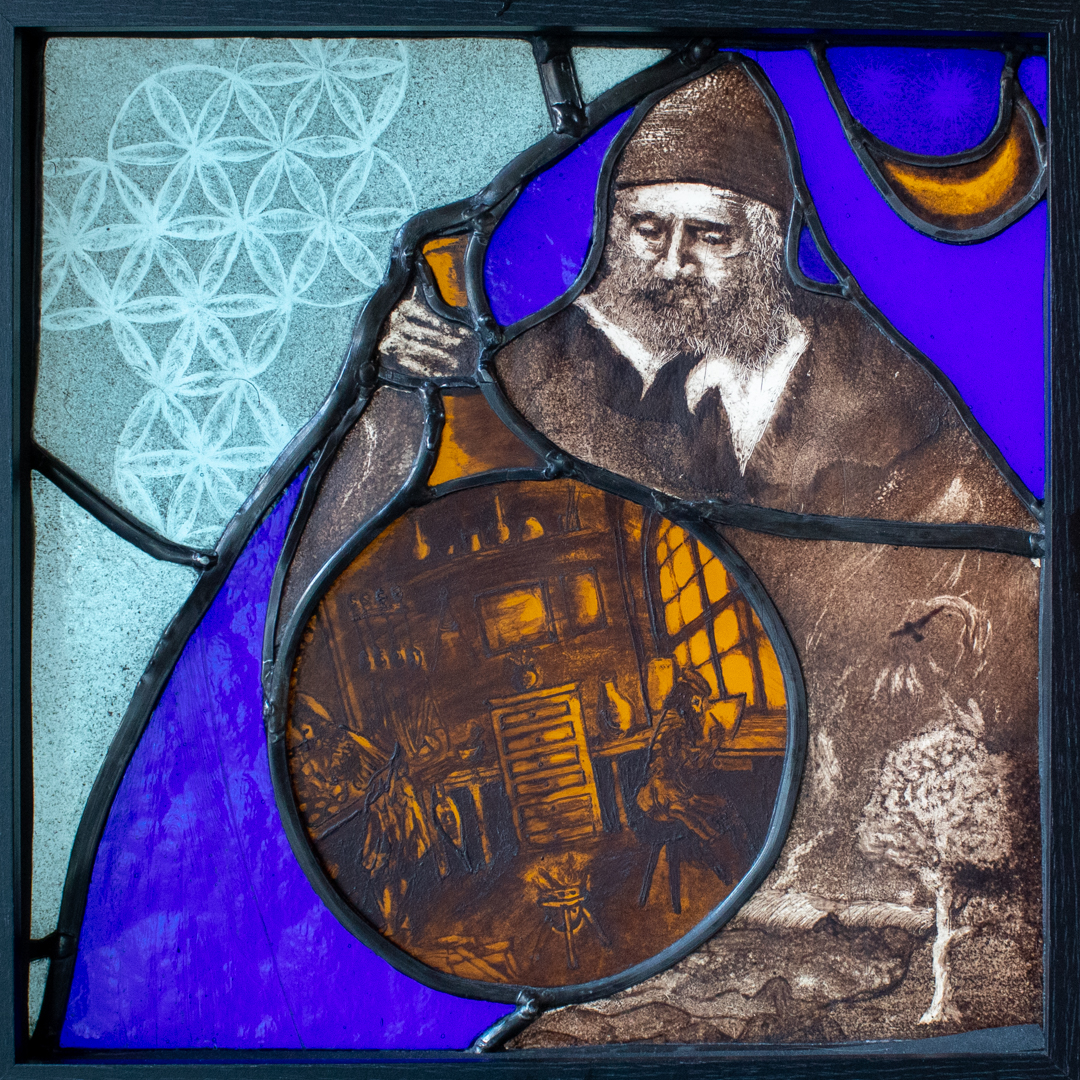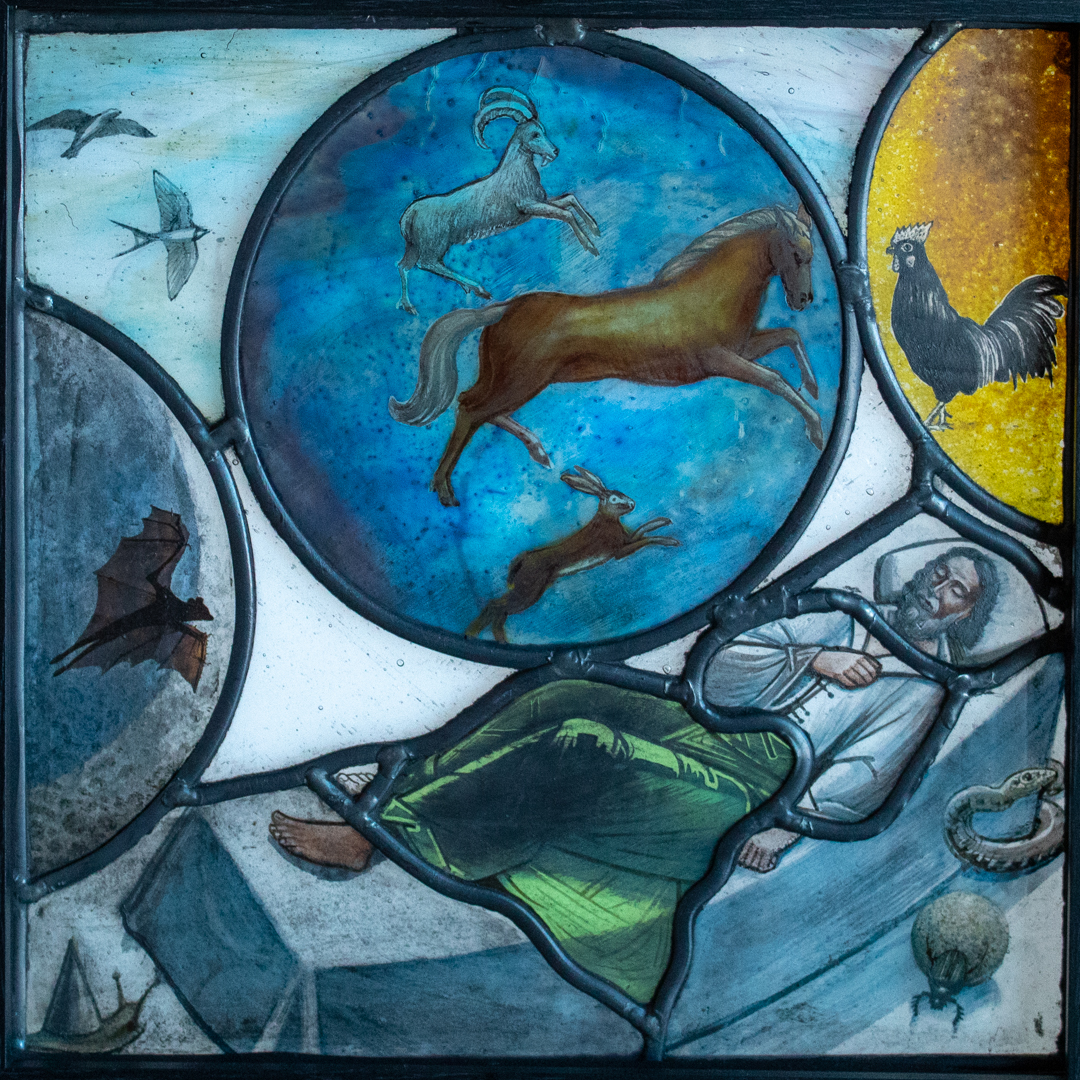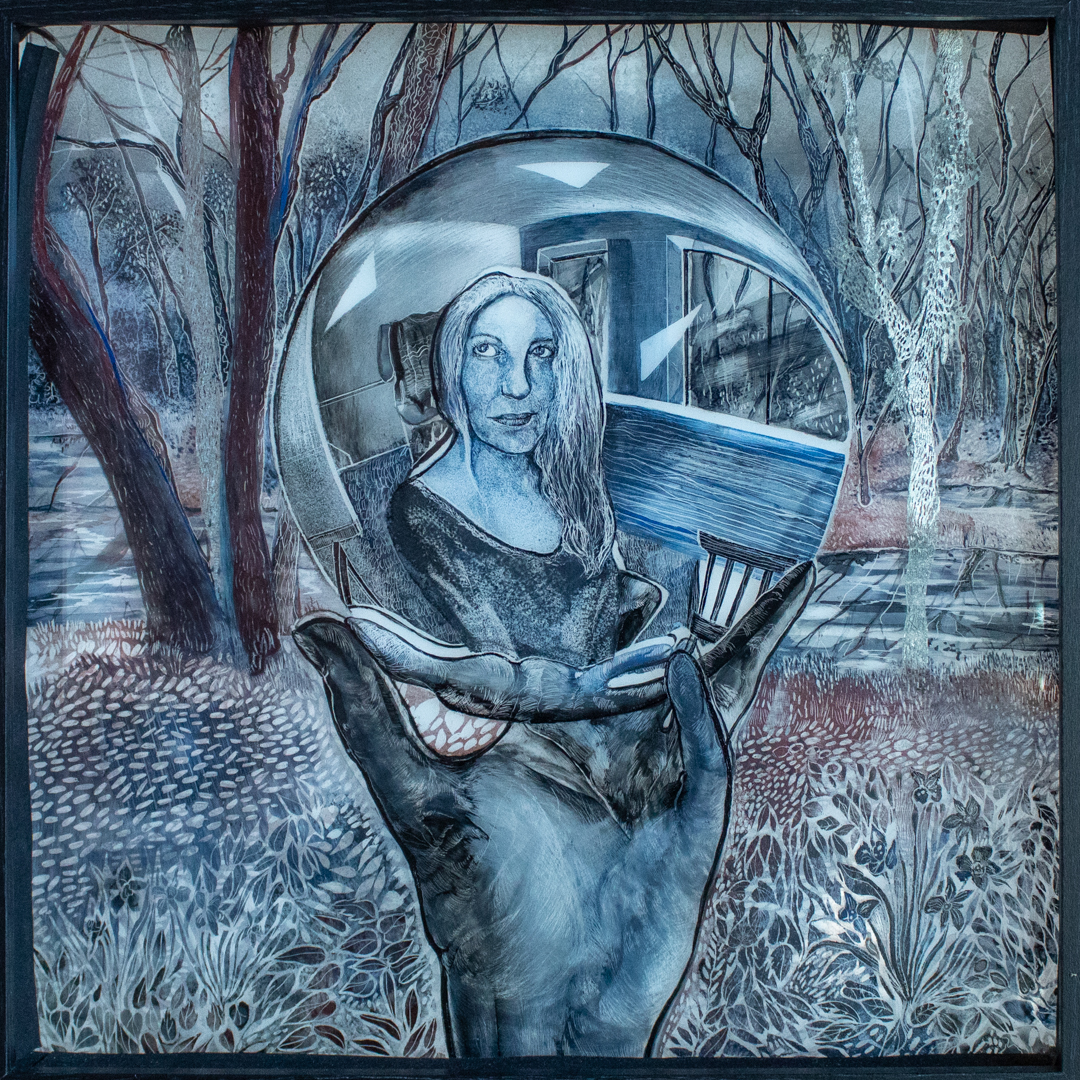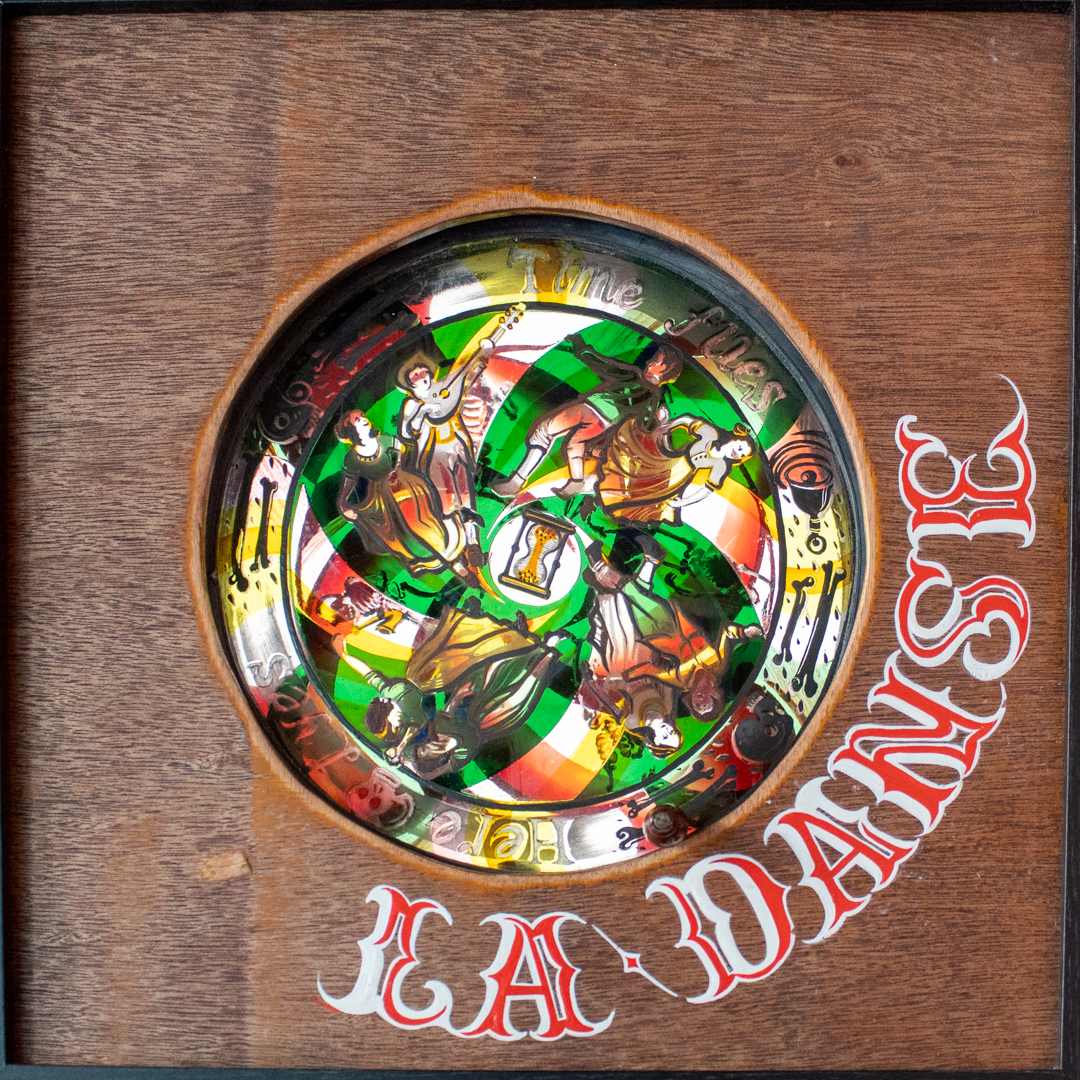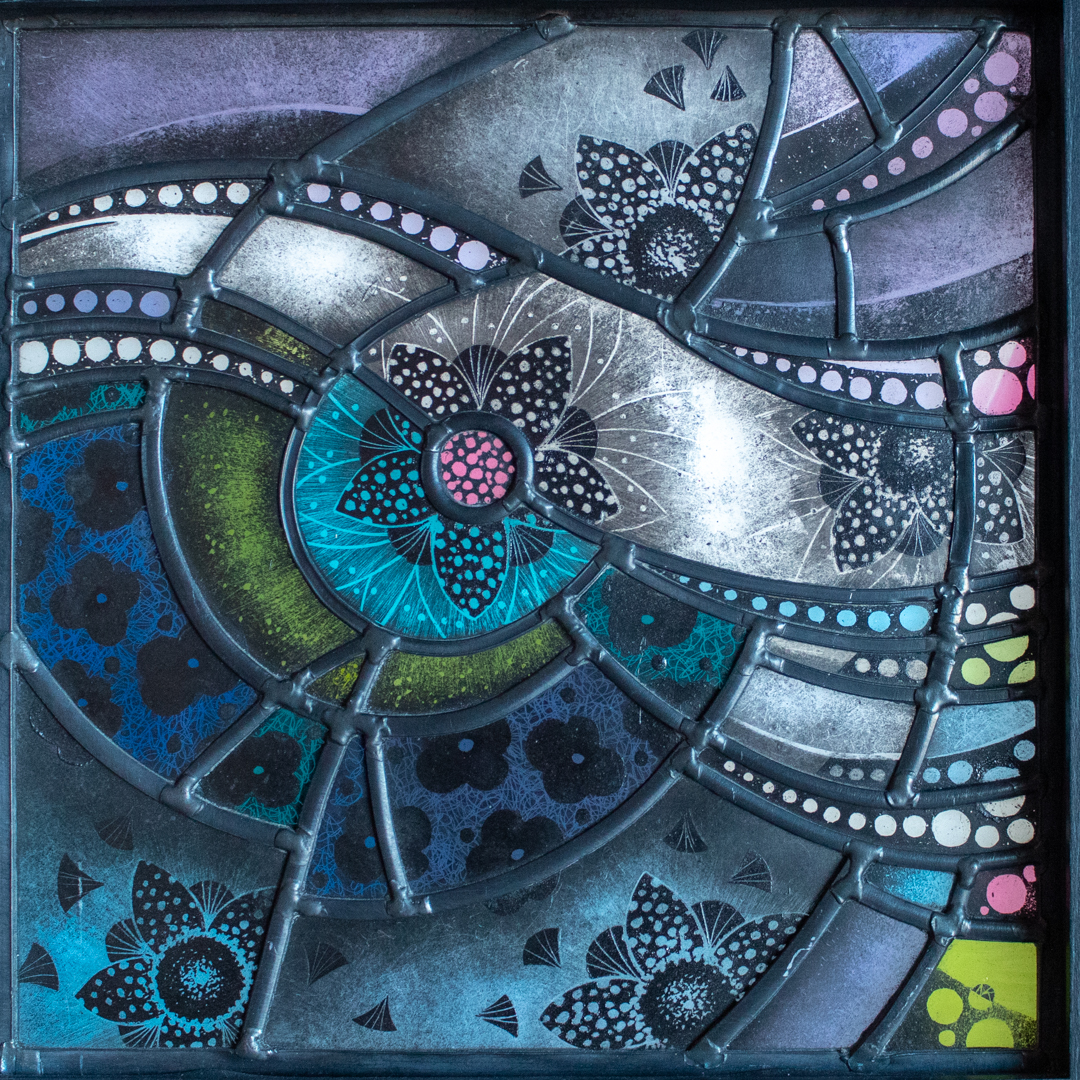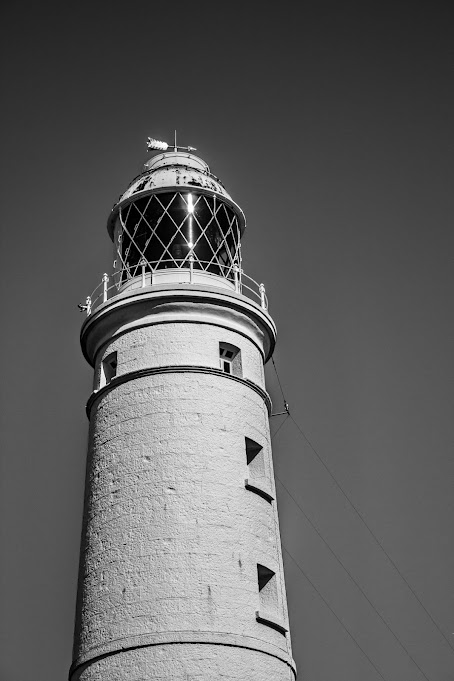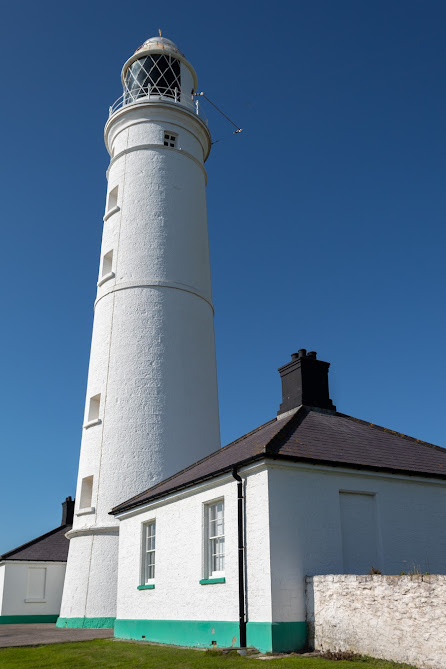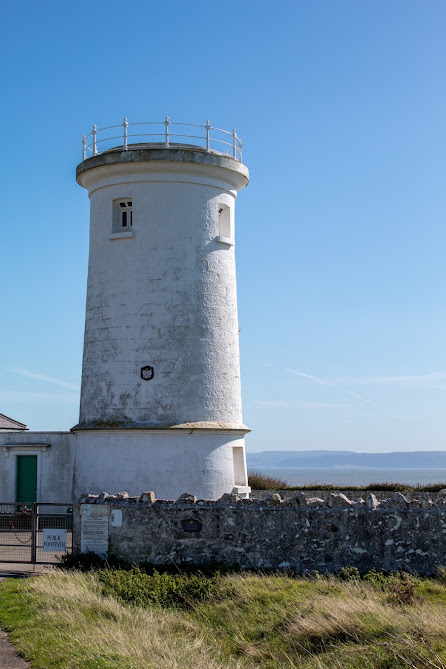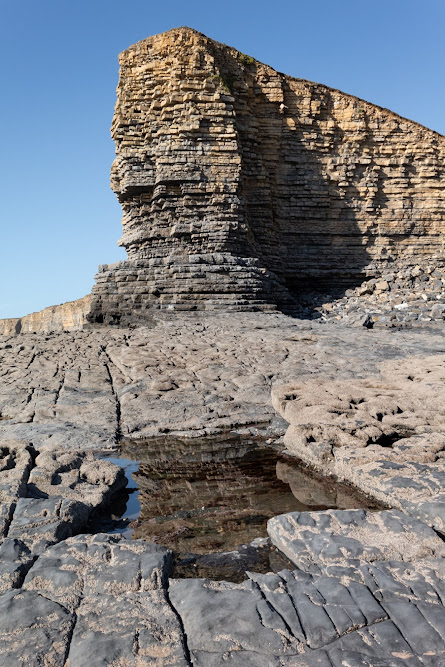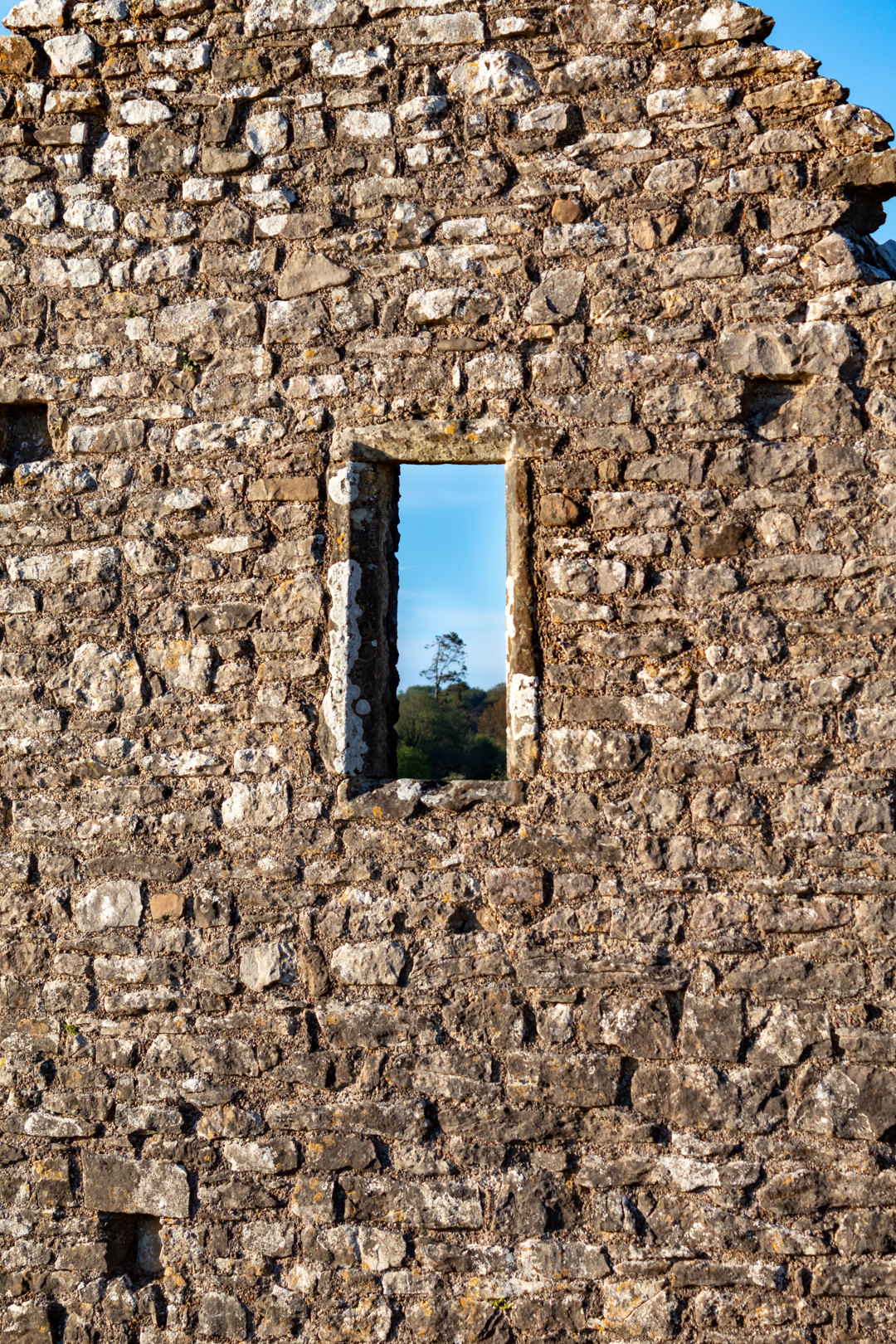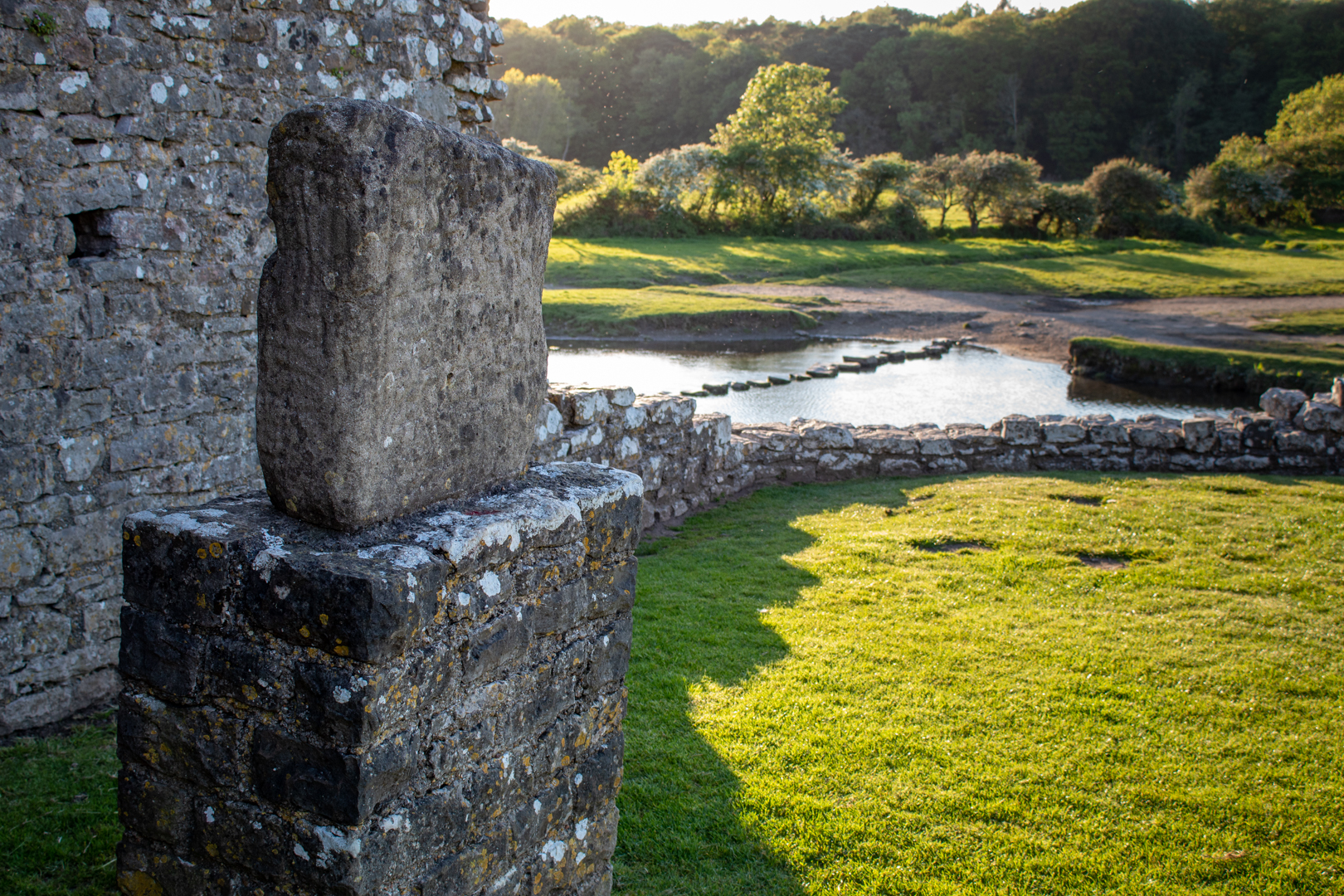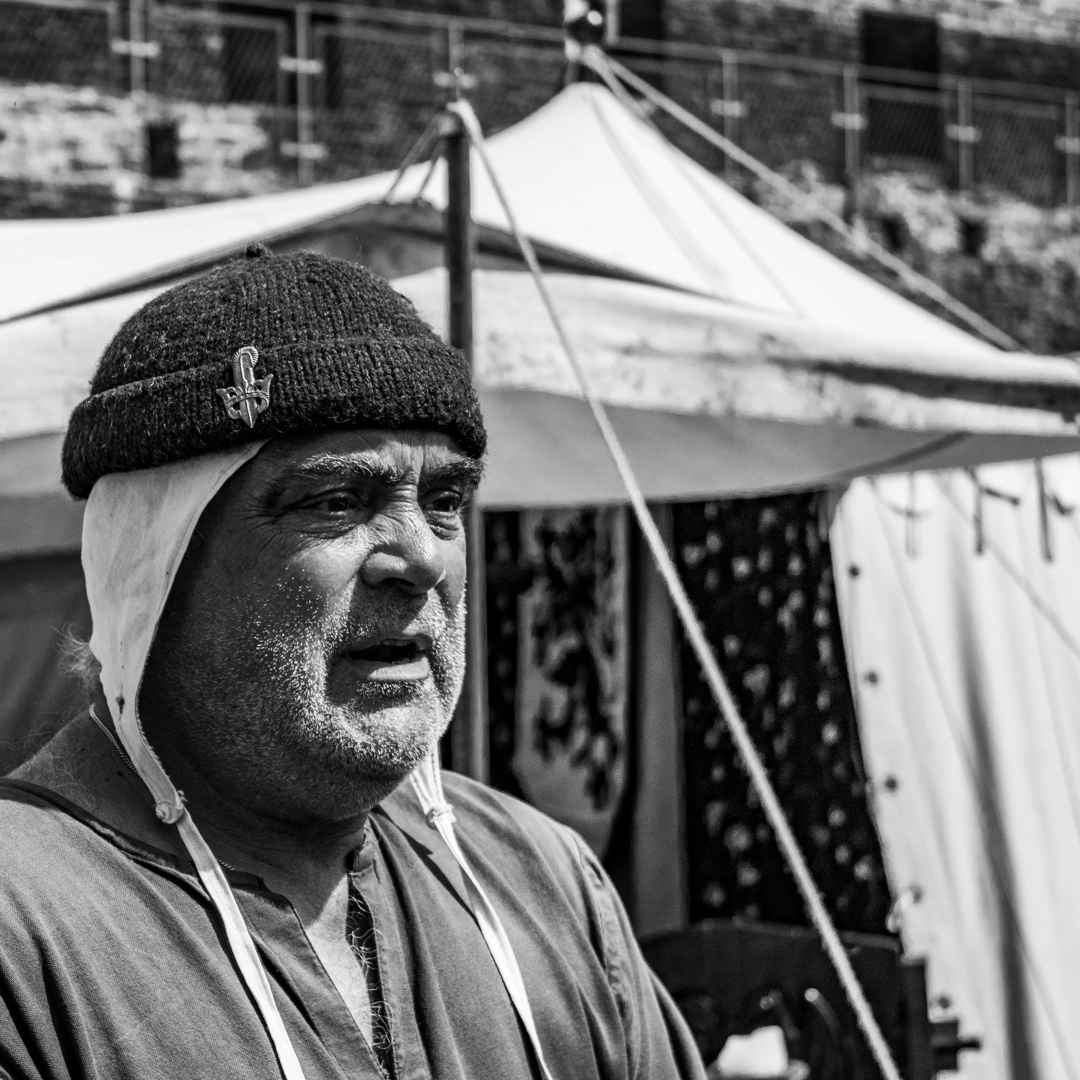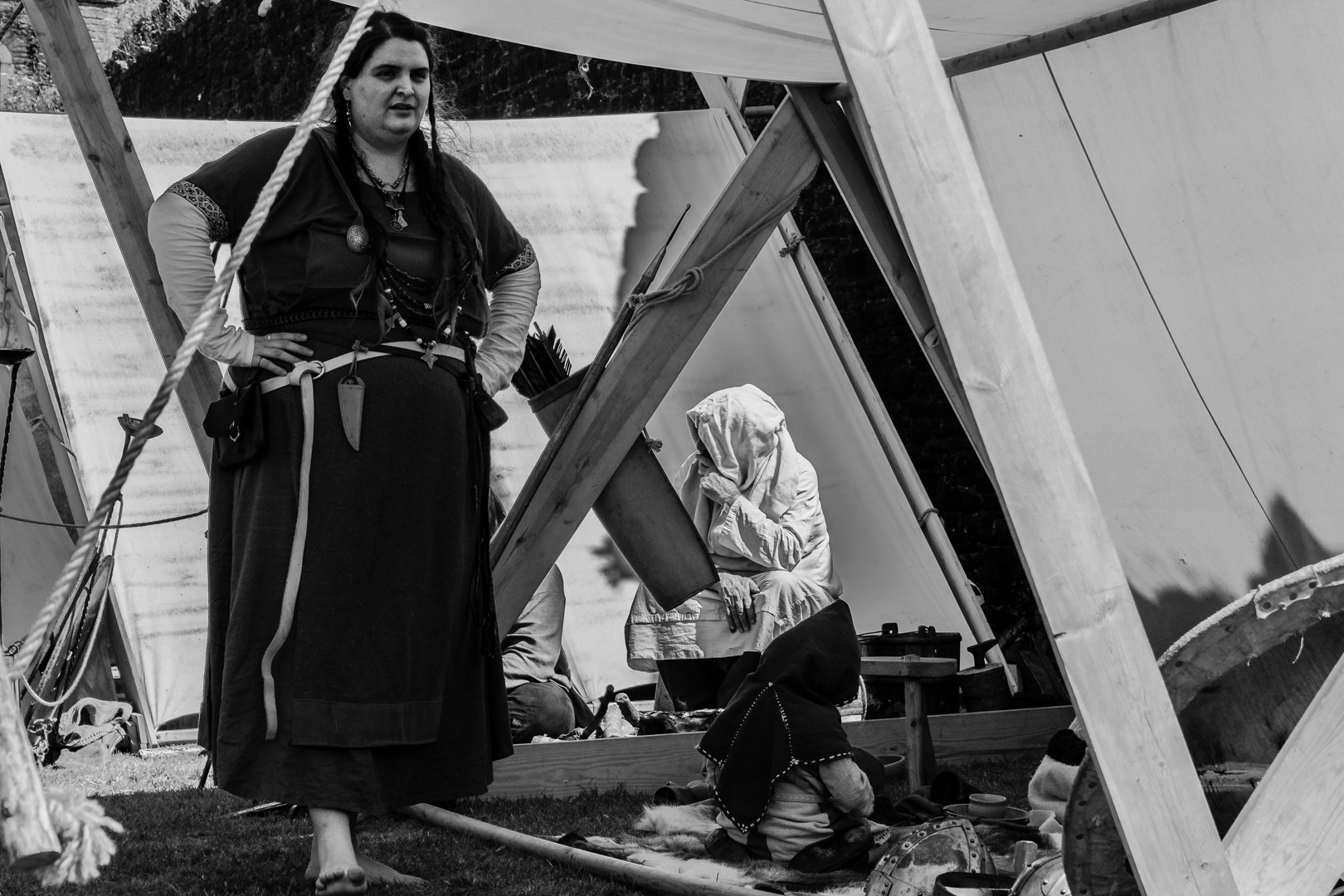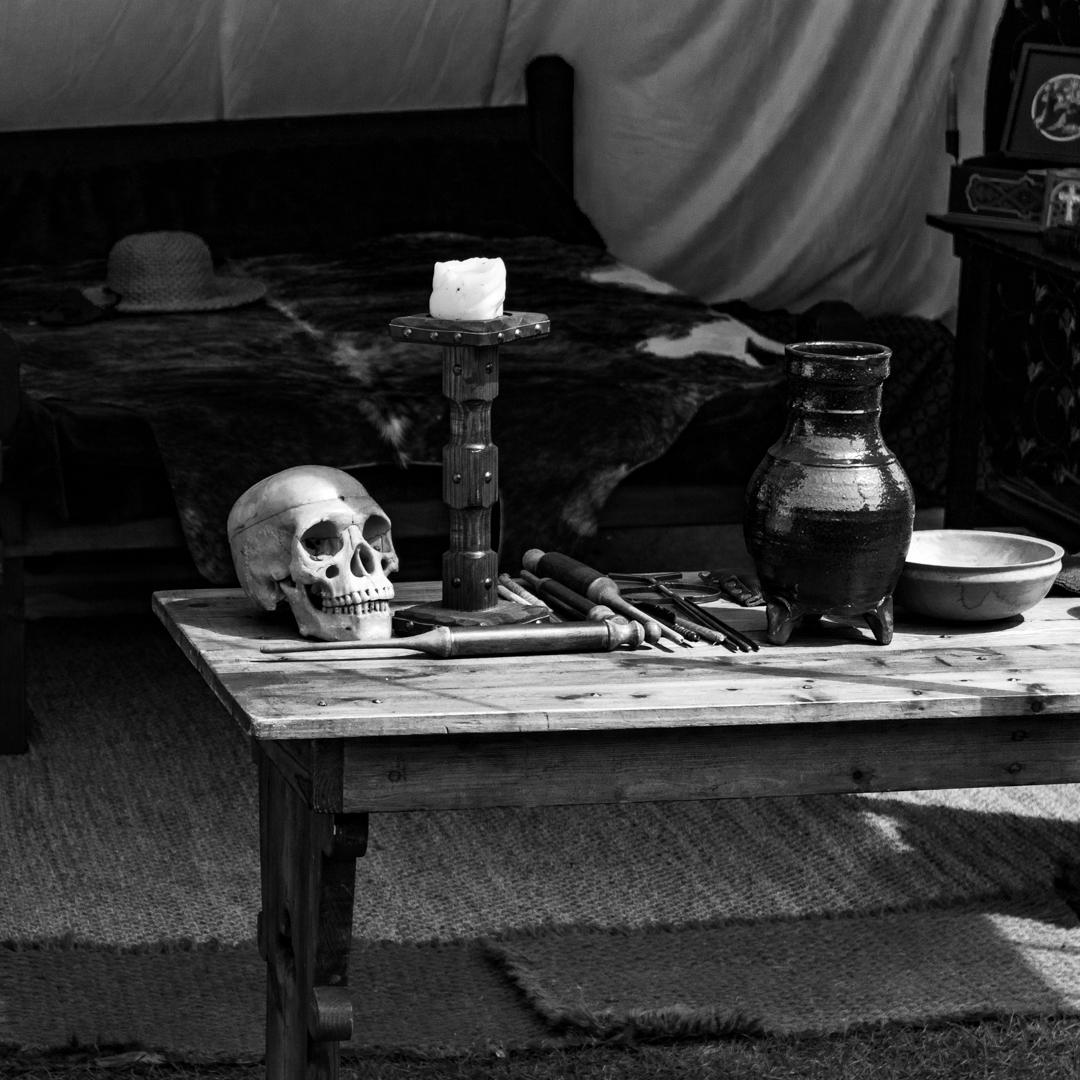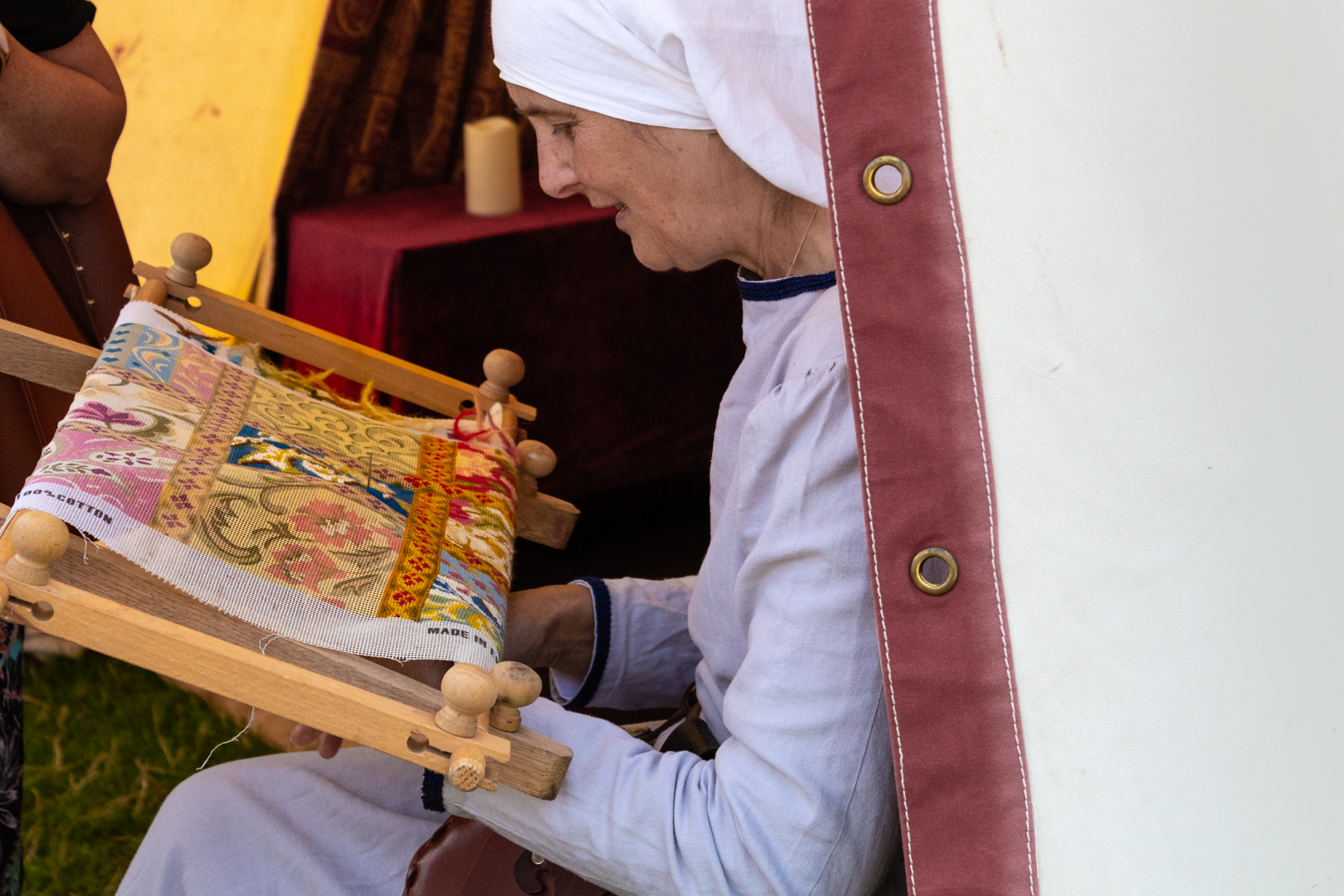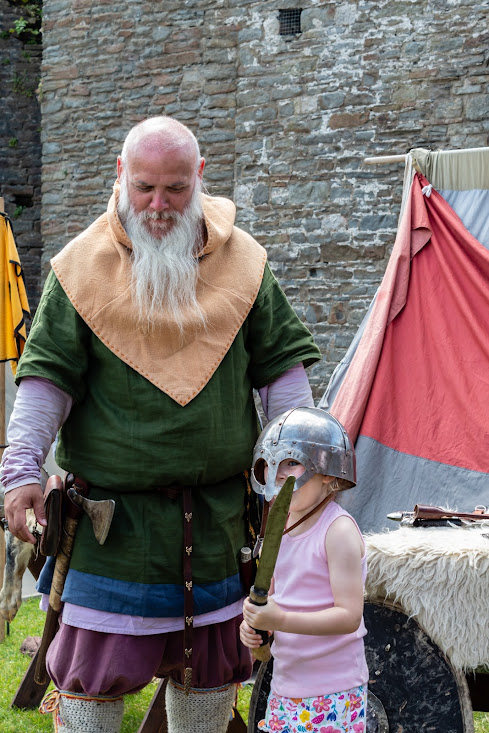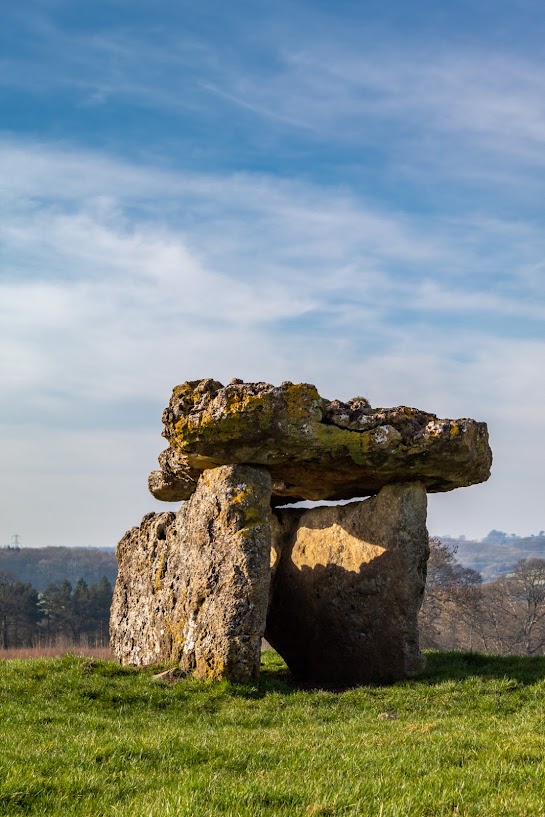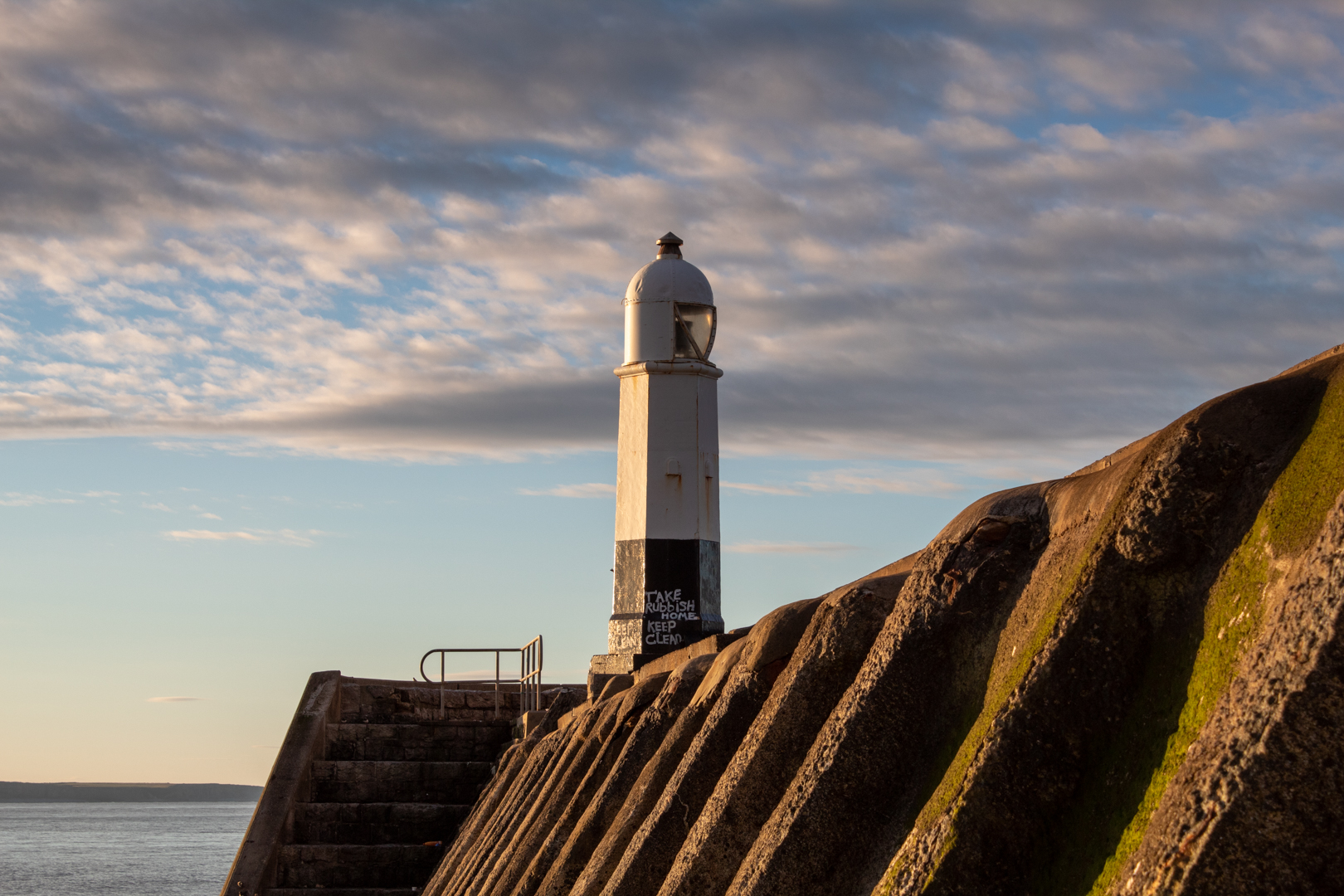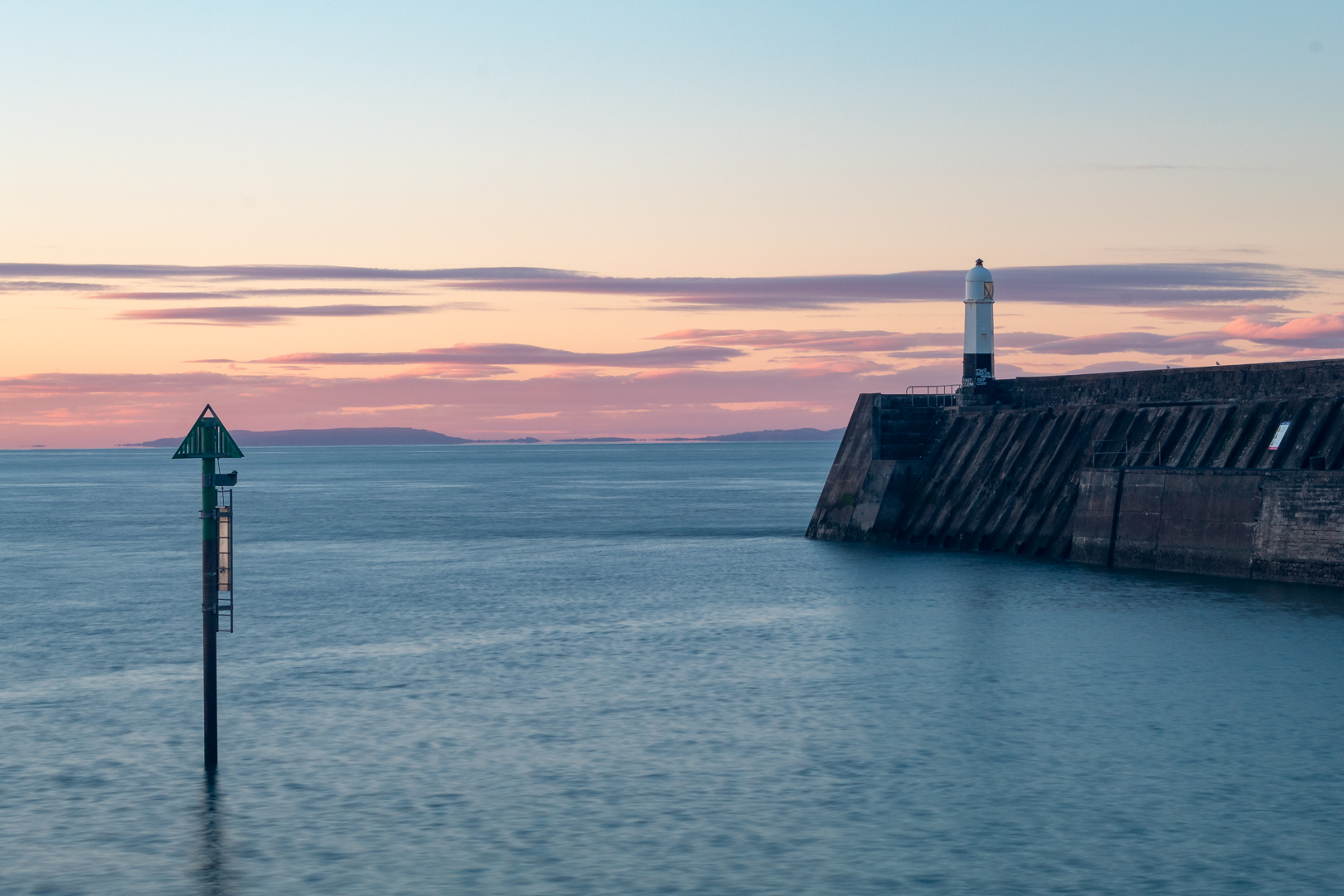Visit Date March 2022.
Today's visit was to Candelston Castle. The first this to say about this old structure is like many "Castles" in Wales it is not actually a castle but a fortified manor house.
Candleston's original long and narrow rectangular structure lay across the western end of a low narrow promontory, suggesting a defensive position. This type of place is often referred to as a "Promontory Fort"
In the 16th / 17th centuries, the castle moved ownership into the Herbert family who added the west wing to the structure.
In the image above you can see where the upper floor was situated and this would have been the main hall.
Between 1806 and 1808, Sir John Nicholl resided at the manor while his manor was built.
Candleston Castle was sold by Richard Franklen to Nicholl in 1830, when it was said to have included a drawing room, dining room, breakfast rooms, four bedrooms and a coach house
In the early 19th century modifications included the construction of a stable, the castle was Crenelated for ornamental purposes and a defensive tower was built. The stepped base of a Cavalry Cross of an unreported date, with the fallen cross itself lying alongside, was found near the windmill uncovered by sand in 1823.
The Ruins of the windmill can still be seen close by although almost overgrown. What can be seen here now is the round base of the windmill.
Below are images of the ruins of the Windmill
The castle is just about a quarter of a mile (1.21 km) northwest of Ogmore Castle and is on the opposite side of the river Ogmore
My Final image today shows both structures, well overgrown now with the top of Candelston Castle in the lower left and the top of Ogmore Castle in the upper right.
Windmill Reference:-
51.483278569393356, -3.6329086357555718
Google Search reference: Candelston Castle
What Three Words reference:-
Google Search reference: Candelston Castle
What Three Words reference:-
///averts.eyelashes.varieties
Windmill What Three Words Reference:-
///uptake.disbanded.lions
Additional information
Visiting the castle is easy as it is alongside a car park (51.48240479235045, -3.6264289697351897)
Additional information
Visiting the castle is easy as it is alongside a car park (51.48240479235045, -3.6264289697351897)
The Windmill site can also be visited from the same car park but there is quite a climb to get to it from the car park.
This can get very busy during holidays and the roads are quite narrow so take care.
This can get very busy during holidays and the roads are quite narrow so take care.
